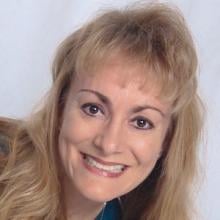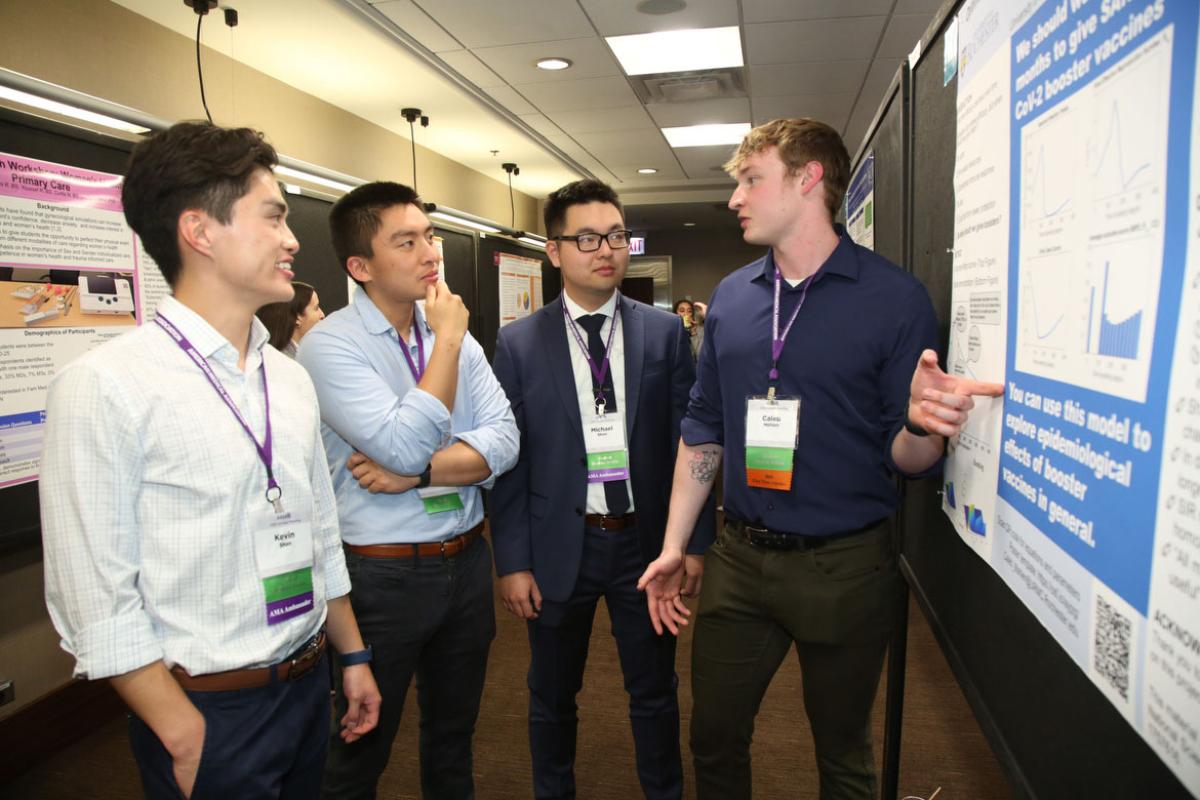As a medical student, do you ever wonder what it’s like to specialize in forensic pathology? Meet Michelle A. Jorden, MD, a forensic pathologist, neuropathologist, medical examiner and a featured physician in the AMA’s “Shadow Me” Specialty Series, which offers advice directly from physicians about life in their specialties. Dr. Jorden is an AMA member and ambassador. Check out her insights to help determine whether a career in forensic pathology might be a good fit for you.
“Shadowing” Dr. Jorden
Specialty: Forensic pathology.
Practice setting: Independent county facility in San Jose, California.
Employment type: County.
Years in practice: 13.
A typical day and week in my practice: A typical day consists of morning report-in, in which the medical examiners and chief investigator convene and review the cases for the day and determine the cases that will be autopsied. On some days, the morning and afternoon hours are used to perform autopsies to render cause and manner of death. As a chief medical examiner, I also perform administrative duties, which consist of oversight of the office and closing cases. Other duties include performing neuropathologic examinations of brains and reviewing medical records and laboratory reports. A typical day is eight hours.
A typical week varies greatly but, in general, consists of performing autopsies, neuropathology examinations (as I am also a neuropathologist), mentoring students and residents, testifying in civil and criminal court, and overseeing the entire operations of the office. Although I work eight hours a day at the office, I commonly work after hours responding to emails or taking calls from the chief investigator who will debrief me on suspicious deaths and murders.
The most challenging and rewarding aspects of forensic pathology: I am fortunate to work at a facility that equips me with the necessary resources to perform my job, so the challenges are few.
The most rewarding aspects of forensic pathology are my patients and their families. I am a medical doctor who specializes in the field of forensic pathology. Unlike many other subspecialties in medicine, where my colleagues can talk to their patients, my patients are deceased. The autopsy allows me as a physician to tell the patient’s story of how they died, what they died from, under what circumstances, and what symptoms they may have experienced prior to death.
Families find closure knowing how their loved one died, and it is not uncommon for me to have to answer difficult questions as to whether death was immediate or delayed, painful or peaceful. Other rewarding aspects of my job include public health outreach, such as alerting and educating the public on topics such as drug overdoses, sudden unexpected infant deaths and the data on suicide.
Three adjectives to describe the typical forensic pathologist: Problem-solver, sympathetic and energetic.
How my lifestyle matches, or differs from, what I had envisioned: I knew I wanted to be a forensic pathologist and medical examiner since I was 15 years old, so during high school and college I researched the field of forensic pathology by reading and asking questions of experts in the field. So I was well prepared on what to expect. My profession is very rewarding in terms of income, hours worked and balancing a family.
Skills every physician in training should have for forensic pathology but won’t be tested for on the board exam: Being able to stand for long periods of time when conducting autopsies, having a strong character, not taking criticisms personally and being open minded to others’ opinions.
One question physicians in training should ask themselves before pursuing forensic pathology: Will I be able to perform autopsies on infants, children and adults who died by means of homicide, accident and suicide?
Books every medical student interested in forensic pathology should be reading: Those books authored by Patricia Cornwell (The Scarpetta series—I have every book!), Kathy Reichs, and Dead Men Do Tell Tales: Forensic Anthropology, by William Maples, PhD.
The online resource students interested in forensic pathology should follow: The National Association of Medical Examiners on Facebook, Twitter and LinkedIn.
Quick insights I would give students who are considering forensic pathology: Volunteer at a medical examiner or coroner’s office to learn more about the profession and identify a mentor.
More about choosing a specialty
The AMA’s Specialty Guide simplifies medical students’ specialty selection process, highlight major specialties, detail training information, and provide access to related association information. It is produced by FREIDA™, the AMA Residency & Fellowship Database®.




